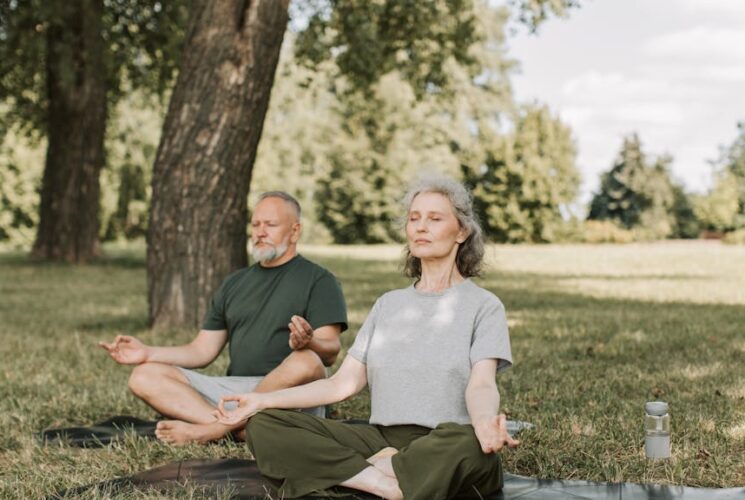
Chronic Obstructive Pulmonary Disease (COPD) is a condition that affects the lungs and makes it difficult to breathe. COPD can cause shortness of breath, wheezing, and tightness in the chest. While there is no cure for COPD, breathing exercises can help improve lung function, reduce symptoms, and enhance overall quality of life. This guide will introduce you to simple breathing exercises that can make a big difference for people with COPD.
Breathing exercises are beneficial for COPD patients because they help improve the efficiency of the lungs. These exercises can help you breathe more deeply, increase the amount of oxygen you take in, and reduce the feeling of breathlessness. With regular practice, breathing exercises can help you manage your symptoms, feel more relaxed, and even reduce anxiety related to breathing difficulties.
Pursed-lip breathing is one of the simplest and most effective techniques for COPD patients. It involves breathing in through your nose and then exhaling slowly through pursed lips, as if you’re blowing out a candle. This technique helps open the airways, making it easier to breathe out and remove trapped air from the lungs. Practicing pursed-lip breathing can help you feel less short of breath, especially during physical activity.
Diaphragmatic breathing, also known as belly breathing, is another helpful exercise for COPD patients. It focuses on using the diaphragm (the muscle below the lungs) rather than shallow chest breathing. To practice this, sit comfortably with one hand on your chest and the other on your belly. Breathe in deeply through your nose, allowing your belly to rise, and then exhale slowly through your mouth. Diaphragmatic breathing helps strengthen the diaphragm, making it easier to breathe deeply.
Controlled breathing exercises, such as slow and steady inhaling and exhaling, can help reduce anxiety and improve lung function. When you focus on your breath, it can help you stay calm and avoid panicking during moments of shortness of breath. It also encourages the body to relax and reduces the overall effort of breathing.
Incorporating breathing exercises into your daily routine can be simple and effective. Start with just a few minutes a day and gradually increase the time as you get more comfortable. Practice breathing exercises during moments of rest, or when you feel short of breath or anxious. Over time, you’ll notice that these exercises become easier and more beneficial.
A respiratory therapist can be a valuable resource in teaching you proper techniques for breathing exercises. They can provide personalized guidance and ensure you’re practicing correctly. Additionally, they may suggest other exercises or therapies to help you manage COPD symptoms and improve lung health.
Breathing exercises can be a powerful tool for managing COPD symptoms and improving your quality of life. Techniques like pursed-lip breathing and diaphragmatic breathing can help reduce breathlessness and increase lung efficiency. By incorporating these exercises into your routine, you can breathe easier, feel more relaxed, and take control of your health. Always consult with your healthcare provider or respiratory therapist for tailored advice on managing COPD with breathing exercises.
© InsiderScoop